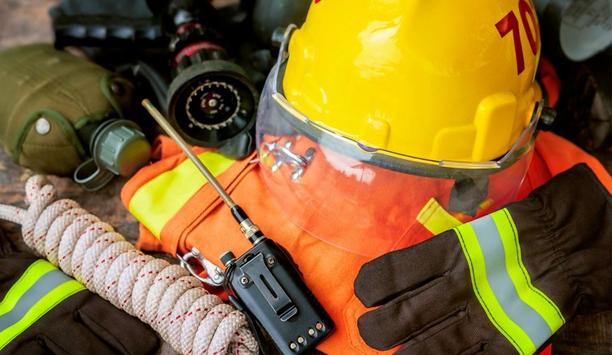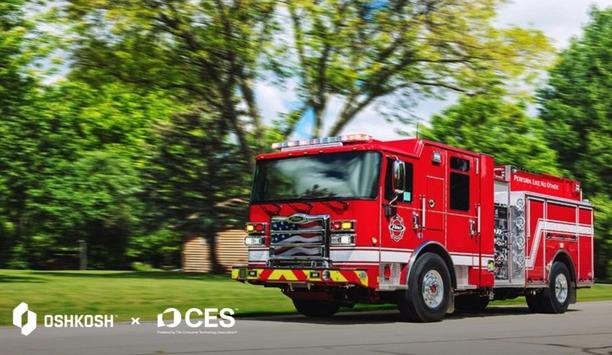Personal protective equipment, a well-enforced protection program, and safeguards are the essential building blocks for the safety of workers in the field. If only one of these aspects is lacking it could spell disaster for the workers that these things are in place to protect.
Luckily they have seen some amazing improvements to PPE in these last years. Though they still have quite a bit to go, they wanted to expose them to some of the tech that has them excited and that they think will have, or have had a big impact on the safety in the construction industry.
The Move to Safety Helmets
They are used to seeing construction workers in the typical hi-viz construction helmets. Usually a bit flimsy, lacking in padding, and often not equipped with a chinstrap, making the helmet fly off the head in the event of a fall.
They are used to seeing construction workers in the typical hi-viz construction helmets
All in all quite uncomfortable during extended use and not the optimal choice in most cases when head protection is needed. Still better than not wearing a helmet at all, but in terms of safety, they do not compare to that of a safety helmet.
What is a Safety Helmet?
A safety helmet is developed to withstand greater forces than a hard hat. It’s also meant to be used for longer periods of time. Usually, it’s meant for personal use, meaning, it’s most of the time not shared between employees. A safety helmet can also provide protection from several different types of impacts.
Hard hats are usually designed to protect the head from lateral impact from falling objects or similar trauma. Safety helmets on the other hand can provide protection both from lateral impact but also give they increased protection from hits to the side or back of the head.
What are the Newest Safety Features in Safety Helmets?
Safety helmets are also at the forefront regarding the integration of the newest tech to make them smarter and safer. Think of technologies like MIPS, which is designed to lower rotational forces that might cause injury. Or in a similar vein, Koroyd tubes are made to crumble in the event of an impact, lessening the force transferred to the head. 3M™ has developed connected Safety ID, an integrated solution for simplified inventory, inspection, and record management.
Twiceme® which can store vital safety info such as a medical ID, insurance details, and phone numbers
Then they have the newest in integrated features, Twiceme® which can store vital safety info such as a medical ID, insurance details, and phone numbers to loved ones that can be made available to people around them, as well as letting workers know when it’s time to re-inspect the equipment - by the tap of a smartphone. This technology has been requested by safety professionals, who want more information about an injured person to aid with the rescue process. A great example of how a small piece of tech can help improve the safety of a piece of equipment significantly.
What About Other Equipment?
Helmets might be the one piece of equipment that is required in almost every situation on a construction site, but what about other, equally important but maybe more specialized equipment?
New tech in Safety Harnesses
Other than improving safety, the comfortability of harnesses has been a top priority for manufacturers
They have seen quite astonishing improvements to all different types of harnesses. The fit and feel of safety harnesses have made working a full day wearing one feasible. Other than improving safety, the comfortability of harnesses has been a top priority for manufacturers. By choosing the right materials for both the webbing as well as for the padding, harnesses have drastically improved wearability by increasing airflow and stretchiness.
They have also seen other quality-of-life improvements such as FT-ONE’s modular belt system for easy customization of the tools or easy-to-attach dorsal D-rings. Then they have integrated features like the connected Safety ID (RFID) for simplified inventory, inspection, and record management. This chip is integrated into several of 3M’s products allowing for easy management of most of the equipment. They have also seen several different iterations of impact indicators on the market to help with giving insight into the severity of a fall and if the harness should be replaced. Integrated smart equipment lite Twiceme has also begun to show up in safety harnesses giving co-workers and rescuers alike medical information with just a tap of the functional symbol.
Hearing Protection
OSHA requires the use of hearing protection in environments that are 85 Db or over. This is around the noise level where they won’t be able to hear someone talking even when they are three feet away from them. In hearing protection, they have seen an improvement in the functional Db range in which the headset or earplugs can keep the hearing safe.
Bluetooth connectivity and better mics have also been a godsend to communication in noisy environments
Bluetooth connectivity and better mics have also been a godsend to communication in noisy environments. Active noise canceling, allowing the headphones to cancel out unwanted background sound while giving the option to still hear someone speaking, has been one of the biggest advances they’ve seen in hearing protection. Comfortability and updates to the headset form have seen great improvements pioneering to more people wearing their protection.
Final Thoughts
They have seen a lot of general improvements in PPE. Everything from better materials being used, to more comfortable designs and additions that today seem obvious.
These are the type of general advancements they are prone to see in an industry but the added tech that they are starting to see in the construction industry is what’s making PPE development really interesting right now.
What Can They Expect For the Future?
They are in the infant stage of interconnected equipment right now. They have big developments to look forward to. The possibilities of an interconnected work site, letting workers and the equipment automatically communicate general information or a potential hazard across the site. Letting the wearable equipment communicate with machinery on site would also be advantageous in some industries where heavy and dangerous instruments are in use. Wearable equipment may also play a part in monitoring the vitals while in highly exposed environments.
What tech can help us with is keeping us safer and letting them do the job that is needed without having to fuss around with faulty or less-than-optimal equipment. Tech can also help them in the most vulnerable state, when they are hurt or in a dangerous situation. They are definitely in an interesting time where the early adopters in the construction world are starting to take risks and try something new, pioneering to great advances in the safety equipment they see and will see in the future.















